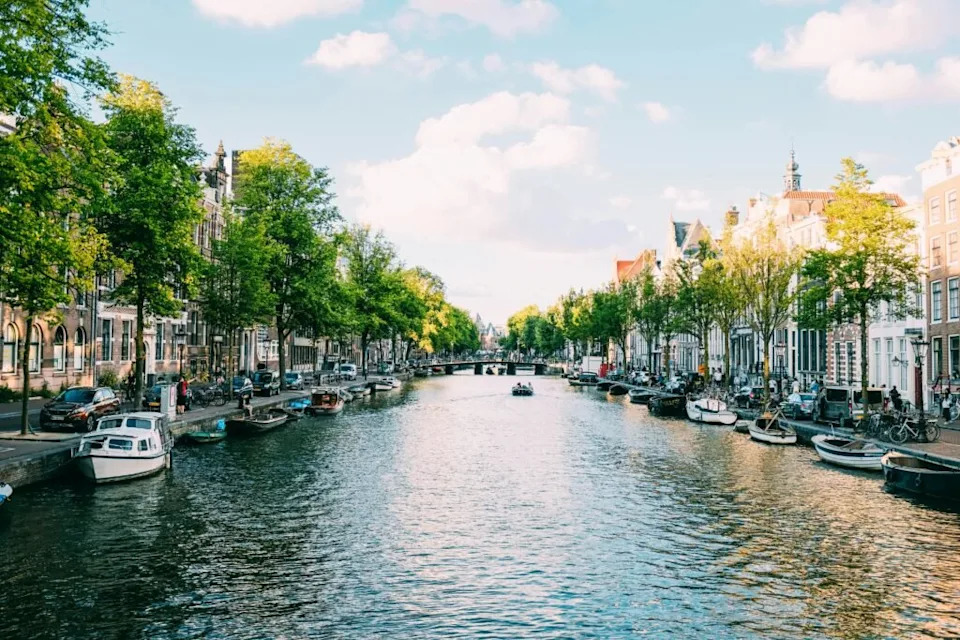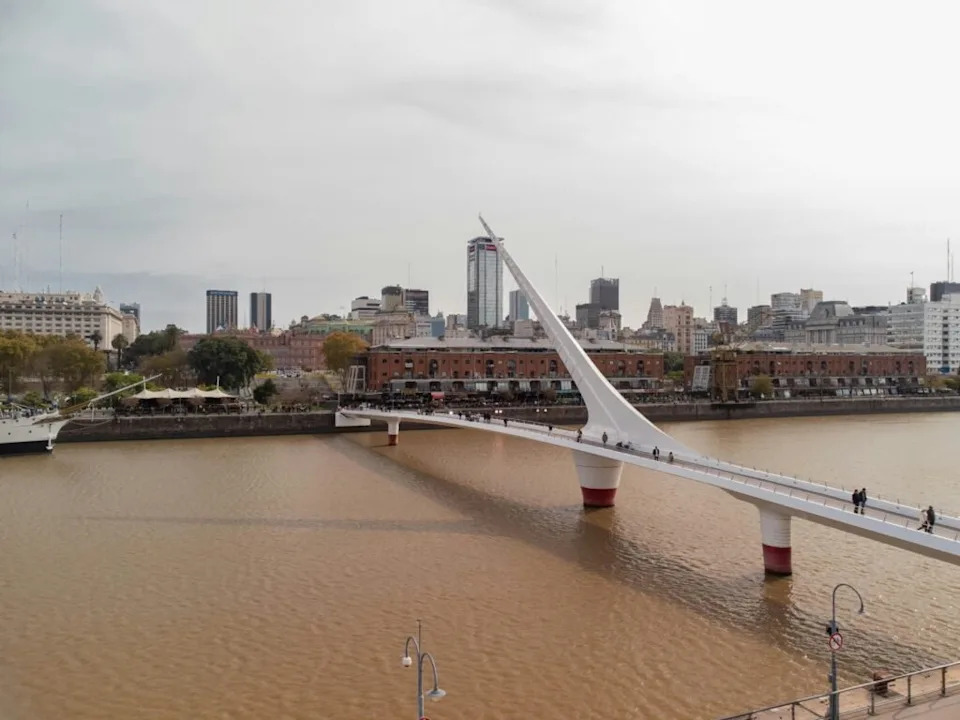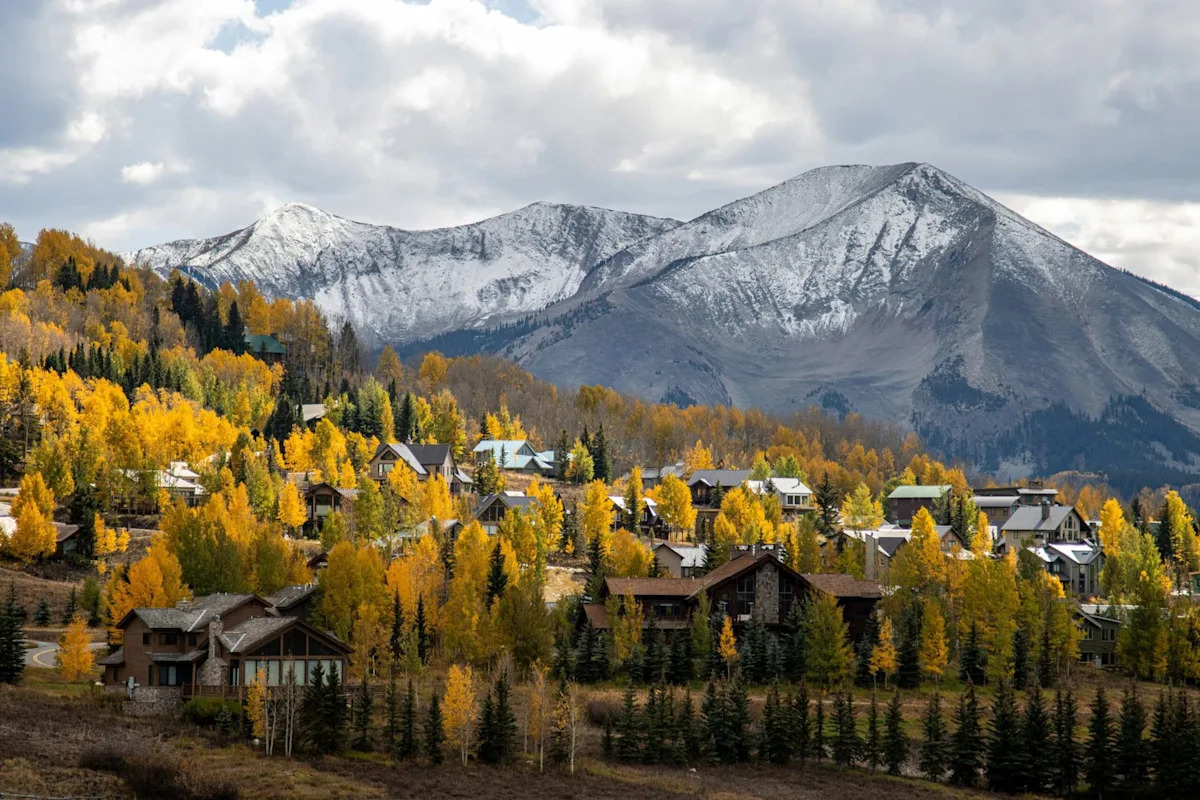Travel isn’t getting any cheaper—and in some places, the spike is impossible to ignore. Fresh global data reveals that six popular destinations have seen tourist prices surge far faster than the rest of the world. From sky-high hotel rates to everyday essentials that now cost double, these nations are quietly reshaping what “affordable travel” really means. Before you book your next getaway, here’s a closer look at the countries where costs have jumped the most—along with why it’s happening now.
Switzerland: Where Luxury Comes at a Premium
Switzerland: Where Luxury Comes at a Premium (Image Credits: Unsplash)
Switzerland has solidified its position as one of the world’s most expensive travel destinations, with costs continuing to climb throughout 2025. For starters, Switzerland is one of the most expensive countries in the world and costs are high across the board from onward travel to food. Expect to pay a minimum of $150 a night for hotels near the city center while even moderately priced accommodation will cost well over $200 a night. Meals at restaurants are where most travelers’ budgets are really going to feel the heat. The country’s remote Alpine location and high standard of living contribute to inflated prices that continue to rise with global economic pressures.
Hotels in major Swiss cities now command premium rates, with luxury accommodations reaching astronomical levels during peak seasons. Even inexpensive options like pizza will ring in at around $20 a meal per person. Transportation costs within the country also remain exceptionally high, making Switzerland a destination that requires significant budget preparation for most travelers.
Netherlands: Tourist Tax Reaches European Heights
Netherlands: Tourist Tax Reaches European Heights (Image Credits: Unsplash)
Now in a bid to limit wild tourists, it’s increasing the tourist tax to €12.50 per night from 2024, making it among the highest tourist taxes in Europe. For travelers, this translates to approximately $23 per night, representing a significant increase from previous rates. Amsterdam’s dramatic tax increase represents the sharpest spike in tourist-related costs among European destinations, directly impacting visitor budgets.
The Netherlands has implemented these measures specifically to address overtourism concerns while generating revenue for infrastructure maintenance. Cruisers will also pay more for their trips to the city, from $8.50 to $11.60. Beyond tourist taxes, the country faces high commodity costs that affect visitors, with petrol prices reaching particularly painful levels for those planning road trips.
Argentina: Economic Crisis Drives Hotel Rate Surge
Argentina: Economic Crisis Drives Hotel Rate Surge (Image Credits: Pixabay)
Argentina is currently facing a major financial crisis. Inflation has reportedly reached very high levels and a recession is looming. The high cost of living has impacted residents and according to the Hotel Monitor 2025 report by American Express, the city of Buenos Aires will see a 17% jump in hotel rates. This represents one of the steepest accommodation price increases globally, making Argentina an unexpectedly expensive destination despite favorable exchange rates for foreign currencies.
The country’s economic instability has created a volatile pricing environment where costs can shift rapidly. While the exchange rate may favor international visitors in some transactions, the dramatic inflation has pushed up prices across the tourism sector, particularly affecting accommodations and dining establishments that cater to foreign visitors.
Portugal: Airline Cuts Drive Up Travel Costs
Portugal: Airline Cuts Drive Up Travel Costs (Image Credits: Unsplash)
Some not-so-great news for travelers in Europe: Ryanair is cutting flights to destinations in Portugal, including Faro, Porto, and Madeira. The airline might close the base in Madeira. The low-cost airline blames increased charges by the ANA Aeroportos de Portugal (the airport authority in Portugal) for the change. This reduction in low-cost flight options has created a supply shortage that’s driving up airfare prices significantly.
Thailand: Bangkok’s Budget Paradise Ends
Thailand: Bangkok’s Budget Paradise Ends (Image Credits: Unsplash)
In recent years, Bangkok has been one of the top destinations for low accommodation prices. However, this is expected to change in the new year. The city is expected to see a surge of travelers in 2026, which will greatly increase the prices of accommodation. Prices of boutique hotels and Airbnbs in the capital city are rising quickly, so book as far in advance as you can if you are heading to Thailand for vacation..
United States: Premium Destinations Reach New Heights
United States: Premium Destinations Reach New Heights (Image Credits: Pixabay)
Aspen, Colorado is frequently cited as among the most expensive vacation destinations in the U.S., with daily costs reaching extremely high levels for families. The United States continues to see sharp price increases in its premium destinations, with cities like New York also experiencing significant cost spikes due to new regulations limiting short-term rentals and ongoing inflationary pressures.
The Broader Impact on Global Travel
The Broader Impact on Global Travel (Image Credits: Unsplash)
These price increases reflect broader economic trends affecting the tourism industry worldwide. Inflation affects the overall economy, leading to increased prices for goods and services. This can extend to the tourism sector, impacting the prices of accommodations, food, transportation, and other travel-related expenses. The combination of pent-up travel demand, reduced flight capacity, and general economic inflation has created perfect conditions for tourism price spikes.
Many destinations are also using price increases strategically to manage overtourism while generating revenue for infrastructure improvements. In this context, tourists are expected to continue seeking value for money according to the UN Tourism Panel of Experts. Despite global uncertainty, travel demand is expected to remain resilient. However, these sharp cost increases are fundamentally changing the accessibility of international travel, particularly affecting budget-conscious travelers who must now reconsider traditional affordable destinations.
What strategies will travelers need to adopt to navigate this new high-cost travel environment? The answer may reshape how we think about vacation planning and destination choices.

